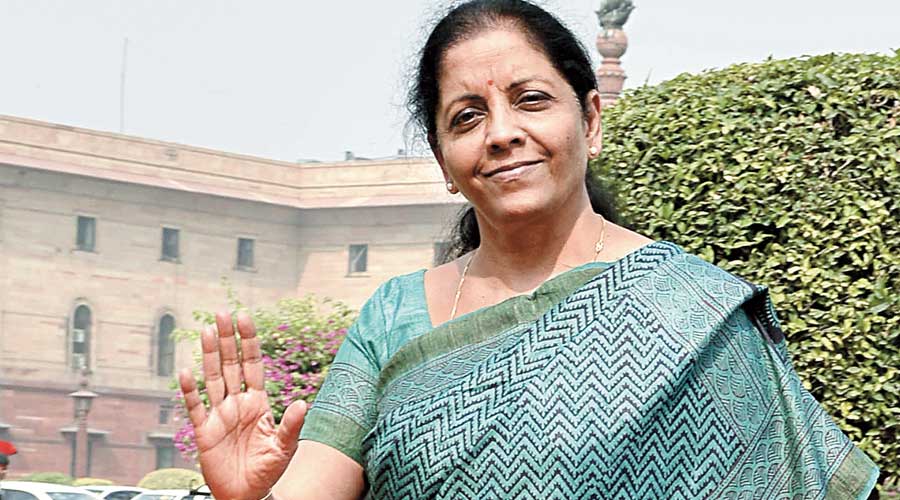The last full budget of the Modi government’s second tenure in February is expected to provide some relief to the salaried class through the rationalisation of rates and tax slabs following presentations by industry chambers to finance ministry officials.
Sources said the differential between personal and corporate taxes has widened after the reduction in the rates on the latter.
The cost of living has increased because of inflation while the tax burden remains unchanged: a reduction in the rates of personal income tax in the government’s next push for reform will increase disposable income and revive the demand cycle.
Finance ministry Nirmala Sitharaman held pre-budget consultations with industry bodies on Monday and is expected to meet state finance ministers on Friday.
The highest marginal rate for individuals has gone up to 42.74 per cent against the normal corporate tax rate of 25.17 per cent. The huge gap in is leading to several structuring decisions in favour of the corporate model. For example, the proprietorship business structure is moving to the company format.
Besides, with the twin tax regimes in place, income tax for individual assessees has become very complicated.
“The two tax regime has rather complicated the personal income filing process. They should go in for a simplified tax structure and lower tax rates as the government data itself indicated that lower taxes resulted in higher compliance and more collection,” Narayan Jain, tax advocate and president, Calcutta Citizen’s Initiative, said.
“Since the country does not have a social security net, the tax incentives for savings instruments should be allowed to encourage to opt for it. The surcharge and educational cess should be discontinued as they are generally collected for a limited period of time,” Jain said.
The CII has suggested a review of the personal income tax (old regime) rates. It has suggested nil tax up to Rs 2.5 lakh and a lowering of the rates between Rs 2.5 lakh and Rs 5 lakh to 2.5 per cent from 5 per cent.
The rate should be cut to 10 per cent from 20 per cent for income between Rs 5 lakh and Rs 10 lakh. The CII has suggested similar reductions in the Rs 10-Rs 15 lakh range and thereafter, but wants the current rate to stay at 30 per cent for income above Rs 20 lakh.
The chamber has also demanded rationalisation of rates under the concessional tax regime. “The reduction in tax rates will provide relief to middle-classes and increase their disposal incomes.”










